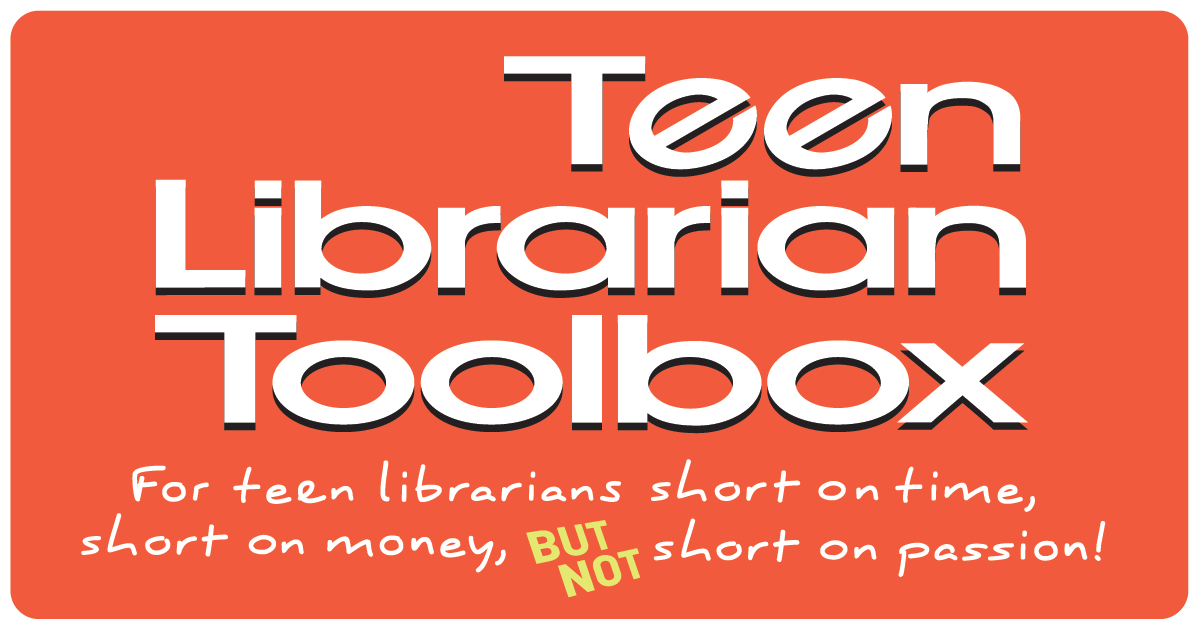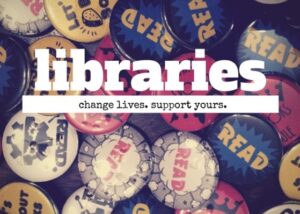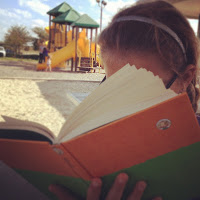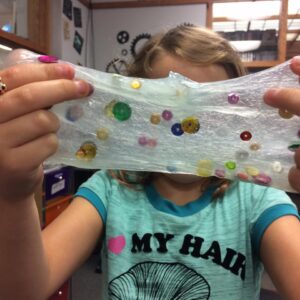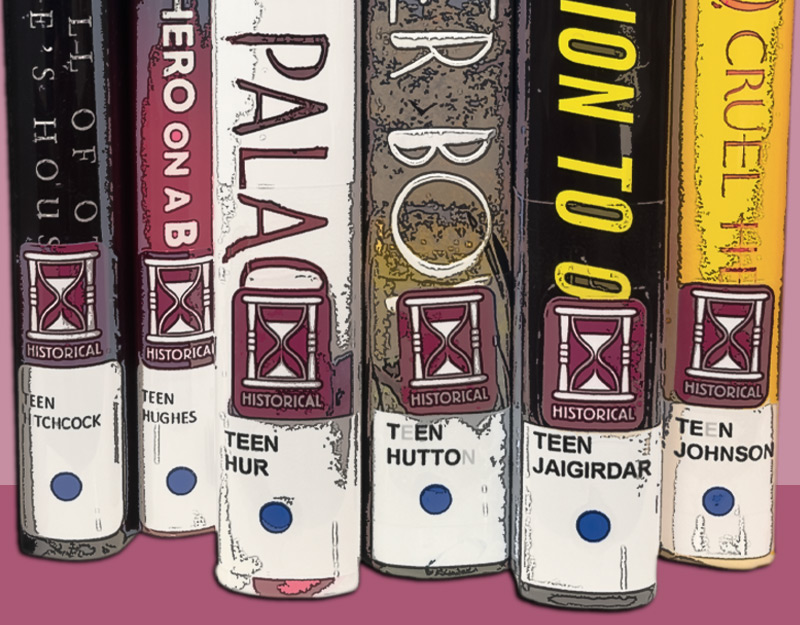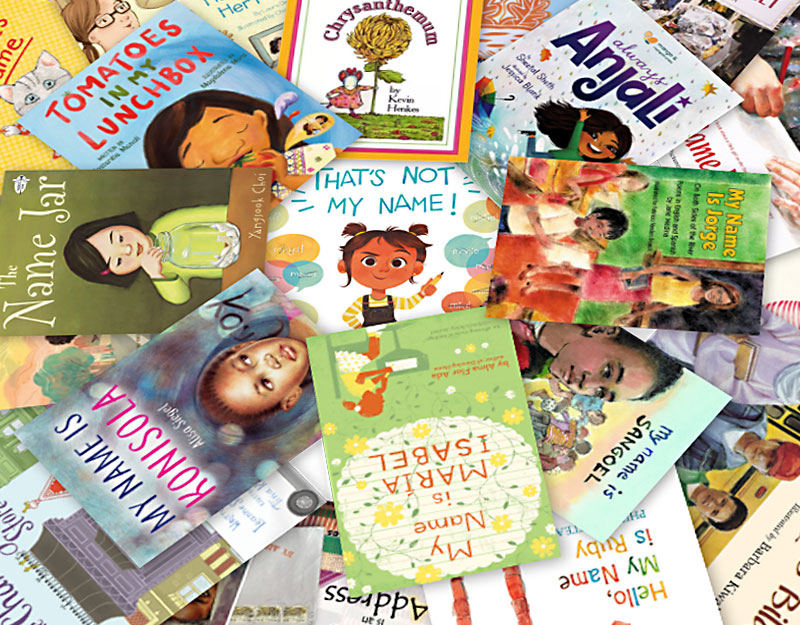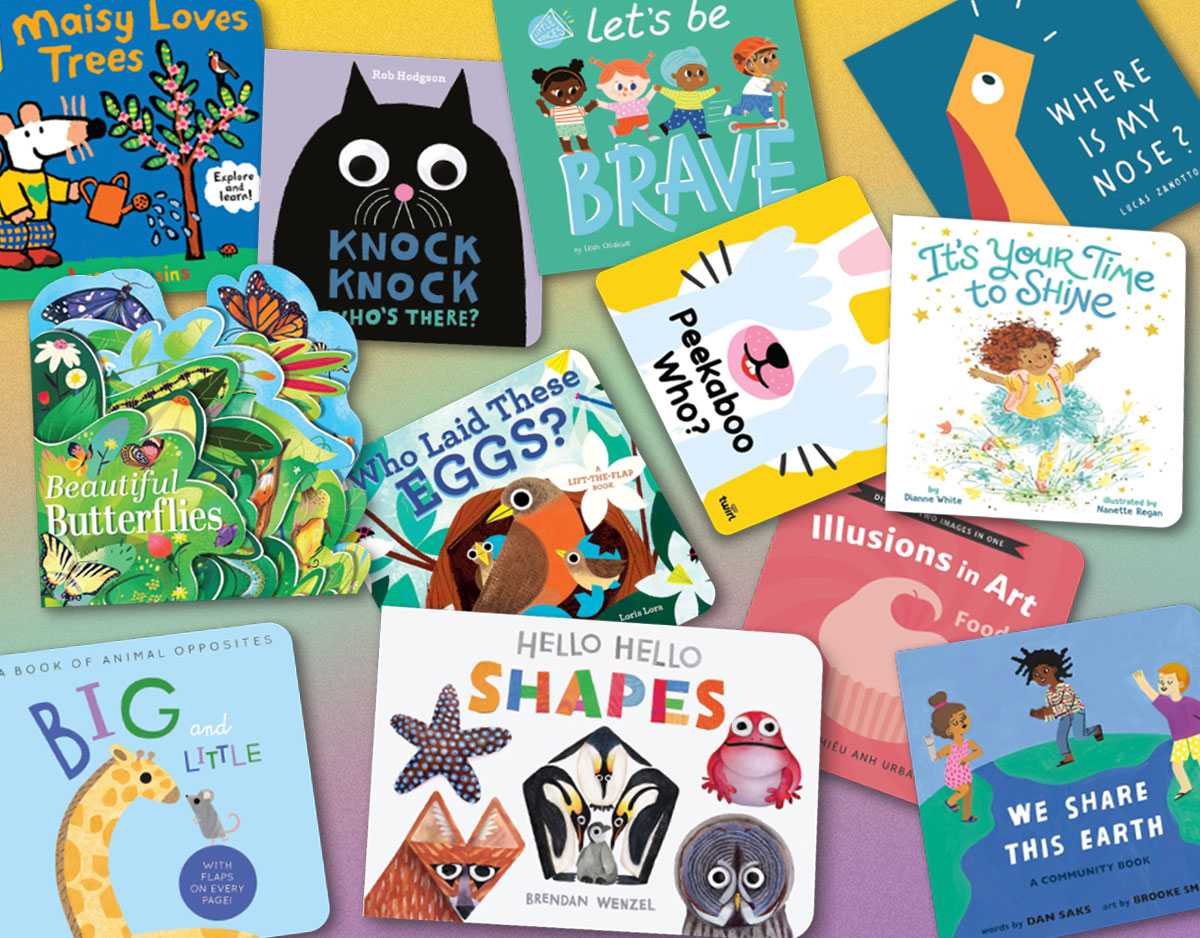Circulation Statistics are an Imperfect Measure of Who We are and What Libraries Do
I know several libraries that are chewing their nails about declining circulation statistics. The issue is, of course, that circulation statistics are one of the primary measures of success for school and public libraries. They are, however, an imperfect measure of both library success and impact. For a profession that has the term science right there in the title, we rely on some pretty flawed data to help drive what we do.
Circulation statistics measure how many times an item is checked out of a library collection. Most libraries use this data for a variety of things, including collection development and annual reporting. One of the things circulation figures look at is overall circulation. For example, a library will run a report and determine that the library system circulated 1,000,000 items for the year. Depending on the size of the collection and the service area, they will then determine whether or not this is a good number. Over the years, we track circulation increase and decrease to determine whether or not we are contracting or expanding. Circulation statistics are a really big deal, but should they be?
ADVERTISEMENT
ADVERTISEMENT
Any business, and though we are non-profit, libraries are in fact a business, needs data to help drive discussions, planning, evaluation and more. For profit businesses measure things like profit and loss, return on investment, and staffing costs. To be clear, libraries do and should be measuring these types of figures as well. But today we’re going to talk about one of our primary tools of measurement: circulation statistics. Though circulation statistics are a very standard unite by which libraries evaluation their success and plan, I would argue that they are a very ineffective tool. Furthermore, I worry that many libraries place far too much emphasis on this number, which is inherently flawed as a measuring tool
Circulation is not the same as reading nor is it a measure of impact
Circulation statistics tell us if an item is checked out and that’s it. As a data point, it doesn’t give us a lot of information. This data doesn’t give us any information about what the patron did with the item once they checked it out. For all we know, a patron checked out an item and then it sat in their car for two weeks where they forgot about it and returned it completely unused. This data also doesn’t tell us if the patron liked the item, if they liked their experience of the library, or if that item made any impact on things like personal growth, education, or recreation. Circulation data is not the same as impact or use. To be clear, there is no real way we can measure this data, but it is a slippery slope to suggest that circulation is the same as impact. At the end of the day, the only thing this number tells us is that a patron checked out an item. It’s only the beginning of a story, of an item’s journey. We never know what happens next.
We know that circulation doesn’t realistically reflect the way patrons use certain collections
Fiction books and biographies are typically items that a patron will check out and read because it takes an investment of time. DVDs are also an item that can’t be used inside of a library. But there are many items and collections that are used in-house or both in-house and out-of-house. Take board books for example; These are short books that are typically read to babies and toddlers. Many parents and caregivers will bring their small child with them to the library and sit down and read many board books to their children before selecting just a few to check out and take home. The same happens with pictures books. Likewise, most children and teen librarians will tell you that a lot of graphic novels get read right there at the library. There are many areas of the collection which have use higher than what their circulation statistics may indicate. One way to try to get a better number is to measure in-house use as well as circulation, but measuring in-house use is both an imperfect act and it requires more work for staff. I would argue, however, that we should be collecting this data for collection development and for measuring use and communicating our use to admin and our communities.
Circulation doesn’t measure sharing within households and friends
When I first began working in libraries, a book called Rats Saw God by author Rob Thomas was published. This book had tremendous word of mouth from teen to teen and many teens would check it out and then share it with their friends. One teen might check it out, meaning it got one circ., but many teens read that single copy on the single circulation. I parent a teen who loves to read YA. We will often both read the same book even though it only gets checked out by one of us. As a family, we have often traveled in a car listening to an audio book. Four people are listening to that book, but it only gets one circulation. The same happens when we check out and watch a movie. One circulation statistic does not indicate how many people may or may not have engaged with that item.
There are many access barriers to circulation
ADVERTISEMENT
ADVERTISEMENT
Recently, we kept finding a book hidden on a shelf. We had a teen that was coming in every day, grabbing this book and reading it, and then hiding it so that he could pick it up and read it again the next day. He couldn’t check out the book and take it home because his card was blocked by fines. Fines, fees, blocked cards, the rules we put in place to get cards – especially if you are a minor – can make checking out an item hard. Many of our patrons find creative ways to get around the access barriers we put in place. Many patrons stop using the library all together or stop using traditional library materials because of the access barriers we put in place. Many library patrons use the library in ways that aren’t represented by circulation statistics and we put up a lot of access barriers that prevent our patrons from doing the very thing we need them to do to measure our success.
Libraries are more than the circulation of traditional materials
Circulating traditional items is not the only nor is it the most important thing that libraries do. The various services and amenities that libraries provide are legion, and many of them are hard to measure. Circulation statistics and program attendance are concrete figures, but they don’t tell the whole story. We can add in things like Internet computer use and PAC searches, but this is still an incomplete picture. Some libraries use tally sheets to keep track of the number of informational and reference questions answered, but this is also still an incomplete picture. When we talk about libraries, we need to gather as much data as possible to help us measure success and communicate this success to our administrators, our boards and our communities, but we need more than statistics. We need personal stories, we need patron feedback, and we need to paint a more holistic picture of who we are, what we are doing, and the benefit we bring to our communities. Statistics are not enough for us to tell our stories and measure our success.
There are other things we should be looking at when we talk about circulation. How is our library at marketing? What kind of transportation barriers do people have to get to the library? How are we doing at customer service and retention? Once patrons are inside the building, are they able to find what they want or do they walk away empty handed? What type of external competition are we facing? What budget and staff challenges do we face? Is our process for ordering, processing and managing materials efficient and do they promote quickly getting materials into the hands of our patrons? There are so many more questions we should be asking ourselves and so many issues we should be discussing beyond circulation statistics.
Circulation statistics. They are important and have value, but I fear that we place too much emphasis on this data. In the year 2018, it does not tell the whole story of who we are and what we do and what obstacles we have to overcome to do it. So yes, track your stats and keep working towards growth, but let’s also keep the big picture in mind. We are more than just our circulation statistics and those statistics don’t tell us everything we need to know. We need to find better ways to measure our success and tell our story.
Filed under: Professional Development
About Karen Jensen, MLS
Karen Jensen has been a Teen Services Librarian for almost 30 years. She created TLT in 2011 and is the co-editor of The Whole Library Handbook: Teen Services with Heather Booth (ALA Editions, 2014).
ADVERTISEMENT
ADVERTISEMENT
SLJ Blog Network
One Star Review, Guess Who? (#202)
This Q&A is Going Exactly As Planned: A Talk with Tao Nyeu About Her Latest Book
Exclusive: Giant Magical Otters Invade New Hex Vet Graphic Novel | News
Parsing Religion in Public Schools
ADVERTISEMENT

